Home » Gear Reviews » Fishing » Wading Boots » Men's Wading Boots » Orvis Ultralight Wading Boot
Orvis Ultralight Wading Boot Review
August 2, 2018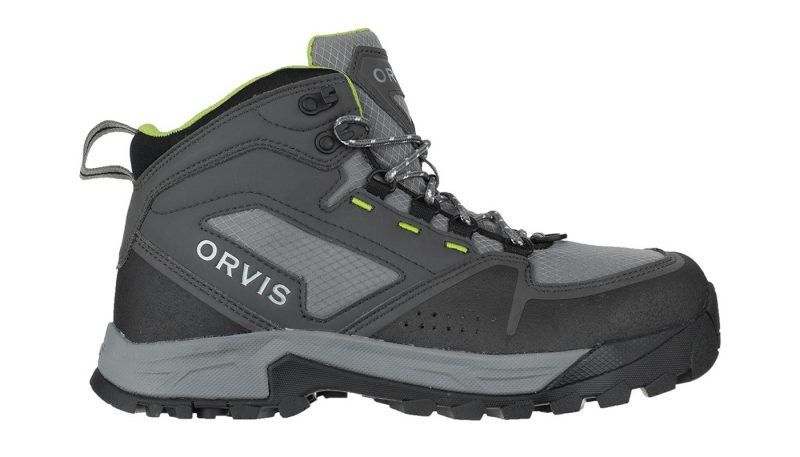
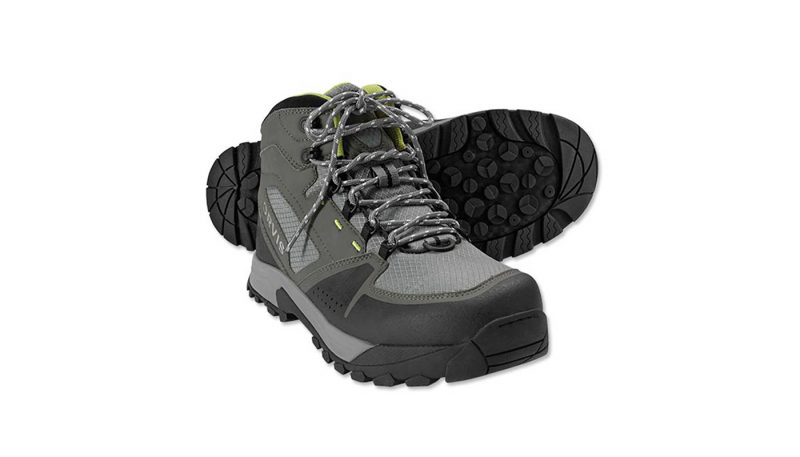
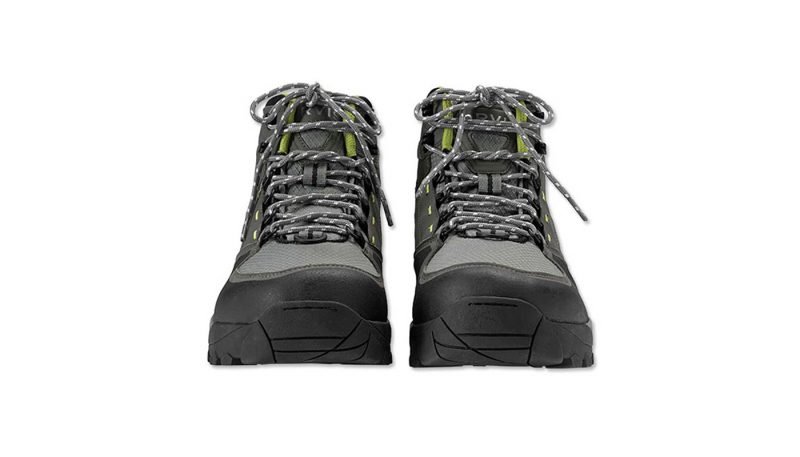



 87
87 The Good
- Lightweight
- Great fit
- Good traction
- Quick drying
The Bad
- Modest ankle support
- Tread wears rapid
- Tight fit when paired with heavy wader booties
The Orvis Ultralight Wading Boot offers solid performance with significantly less weight than any other boot in this class. The Ultralight features a mid-height design with a hiking boot-like fit. Indeed, we ended up hiking several miles in a pair of Ultralights to get into some remote rivers in Olympic National Park and the boots performed as well on the trail as they did in the streams.
Fit
The Orvis Ultralight Wading Boot fits snugly over wader booties, with a narrow heel cup and a roomy toe box to ensure a locked-in fit while walking with toe compression. When worn alone, we found a second pair of socks was an adequate replacement for the wader booties, though a thin neoprene sock created a better, warmer solution. The Ultralights held firm on the foot even when climbing steep canyon walls or sliding down muddy embankments to a river. The heel cup held the foot comfortably without slippage, and the lacing system was secure and comfortable, though a locking lace-hook at the arch would be a nice addition to the boots to better secure a snug fit.
Grip
The Vibram EVA outsoles used by Orvis provides the best grip on river rocks of any non-felt boots in the class. That grip seems to result from both the rubber compound and the lug pattern of the sole. Orvis designers included a firm TPU plate in the midsole to help secure optional traction studs. But that midsole also gives good support for the outsole’s rubber lugs, helping them smear into rocks for a firmer grip. The outsole features indentations to accept those optional studs for added traction in severely slick conditions.
That rubber outsole also gripped well on dry wilderness trails, which proved very helpful during treks into remote trout waters in Olympic National Park as well as small spring creeks in eastern Washington’s Coulee country.
Weight
At just over a pound and a half per boot (size 13!), the Ultralights are heavier than similarly sized hiking boots but are much lighter than any other wading boot in the class. The polyester mesh and polyurethane-coated nylon fabric in the upper shed water rapidly, thus helping keep weight down during use by drying quickly.
The lightweight design also makes the boots useful during travel – the small design and modest weight make them suitcase friendly when flying to fishing destinations.
Treadlife
Though the Ultralight’s good traction is added in part by the soft, sticky nature of the rubber outsoles, that texture also speeds the wear of the outsoles. After a few weeks of hard use on the rivers and trails, the soles showed substantial wear. That resulted in a gradual loss of traction in the water, as the lugs break down. These boots likely have a couple seasons of regular usage before the tread is worn past the point of usefulness.
Durability
Aside from the limited life of the soles, the Orvis Ultralights sport a tough durability belied by their lightweight nature. The fabric used in the construction of the uppers proved very durable on its own, and that performance is enhanced by the use of an abrasive-resisting rubber coating on the high-wear areas around the toe and heel.
We field tested the boots in a variety of conditions, from the pebbly beaches of Puget Sound while chasing Sea-Run Cutthroats, to the fast waters of the Salmon River in Idaho. We wore each pair of boots for multiple days, and wore mixed pairs on multiple occasions – that is, one model on our left foot, another on our right – to get direct side-by-side comparisons.
Dan Nelson
- Managing Editor & Fly Fishing EditorDan Nelson is GearInstitute.com's Managing Editor & fly fishing editor. He is based in the Pacific Northwest.










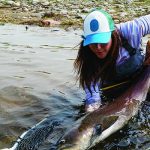
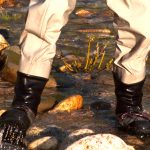
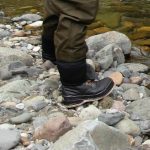

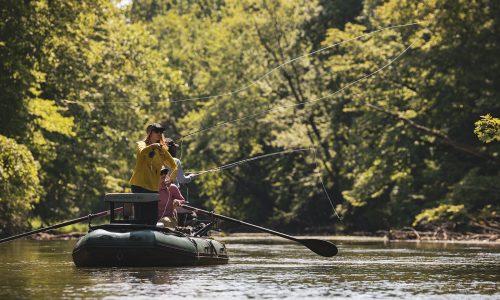

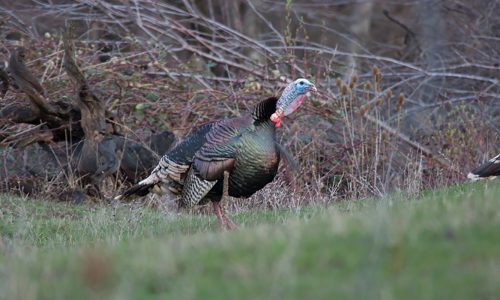
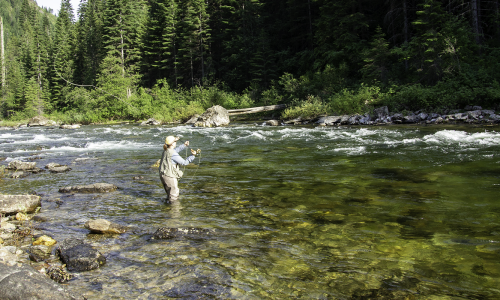


No reviews have been posted for this product.
Use this gear?
Join Gear Nation and leave a review!
Create an Account